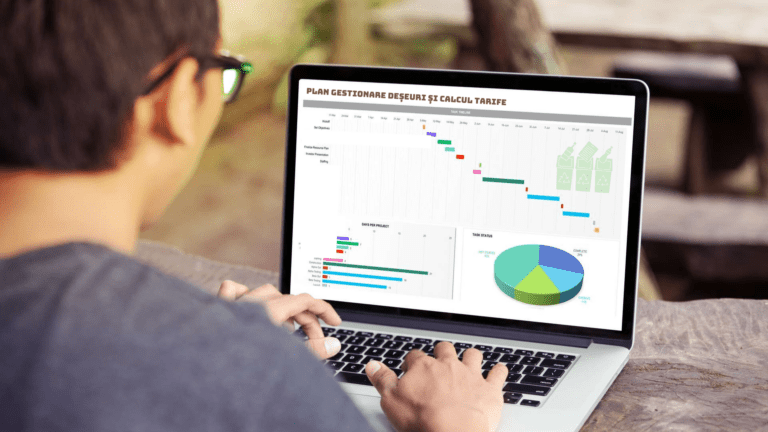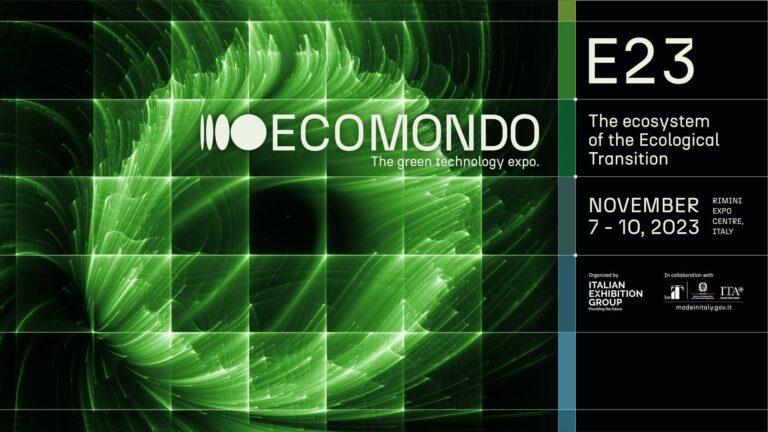Biodegradable screens for sustainable electronics, eco innovation in the field of electronic equipment
Details
In the coming years, the increasing use of electronic devices in consumables and new Internet of Things (IoT) technologies will increase the amount of e-waste. To save resources and minimize waste volumes, greener production and a more sustainable life cycle will be needed. Scientists from Karlsruhe Institute of Technology (KIT) were the first to produce displays (screens), the biodegradability of which was verified and certified by an independent office. The results are reported in Journal of Chemical Materials.
"For the first time, we have demonstrated that it is possible to produce sustainable screens that are largely based on natural materials using industrially relevant production methods. After use, these screens are not e-waste, but can be composted. Combined with recycling and reuse, this could help minimize or completely prevent some of the environmental effects of e-waste", says Manuel Pietsch, first author of the publication and a researcher at the Light Technology Institute (LTI) of KIT, who works at the Heidelberg InnovationLab.
Low power consumption, simple component architecture
The operation of the screen is based on the so-called electrochromic effect of the original organic material. When voltage is applied, the absorption of light is changed and the material changes color. Electrochromic displays have low power consumption and simple component architecture compared to commercially available displays such as LEDs, LCDs, and e-paper. Another advantage is that these displays can be produced by inkjet printing in a customized, inexpensive and material-efficient manner. The materials used are mainly of natural origin or biocompatible. Gelatin sealing makes the display adhesive and flexible so it can be worn directly on the skin.
Use in medical diagnostics and food packaging
Screen (screen) is generally suitable for short life cycle applications in various sectors. In medical diagnostics, for example, where hygiene plays an important role, sensors and their indicators must be cleaned or disposed of after use. The newly developed display will not be thrown away as e-waste, but is compostable. It can also be used for quality monitoring in food packaging where reuse is not permitted. Digital printing allows displays to be adapted to people or complex shapes without any expensive process modifications. This reduces resource consumption.
“As far as we know, this is the first demonstration of a biodegradable display (screen) produced by inkjet printing. This will pave the way to sustainable innovations for other electronic components and to green electronics production," says Gerardo Hernandez-Sosa, Head of LTI's Printed Electronics Group at the Heidelberg InnovationLab.
This eco-innovation in the field of electronic equipment fully complies with the objectives of the EU Action Plan for a circular economy, which also provides for a better design of products, which would facilitate their disassembly by operators dealing with recycling, recovery of components precious and reduces the amount of waste generated over time. Precisely in this context, it is very important to promote and support with major investments innovative industrial processes, which will create the foundation of a circular economy at global and national level.









